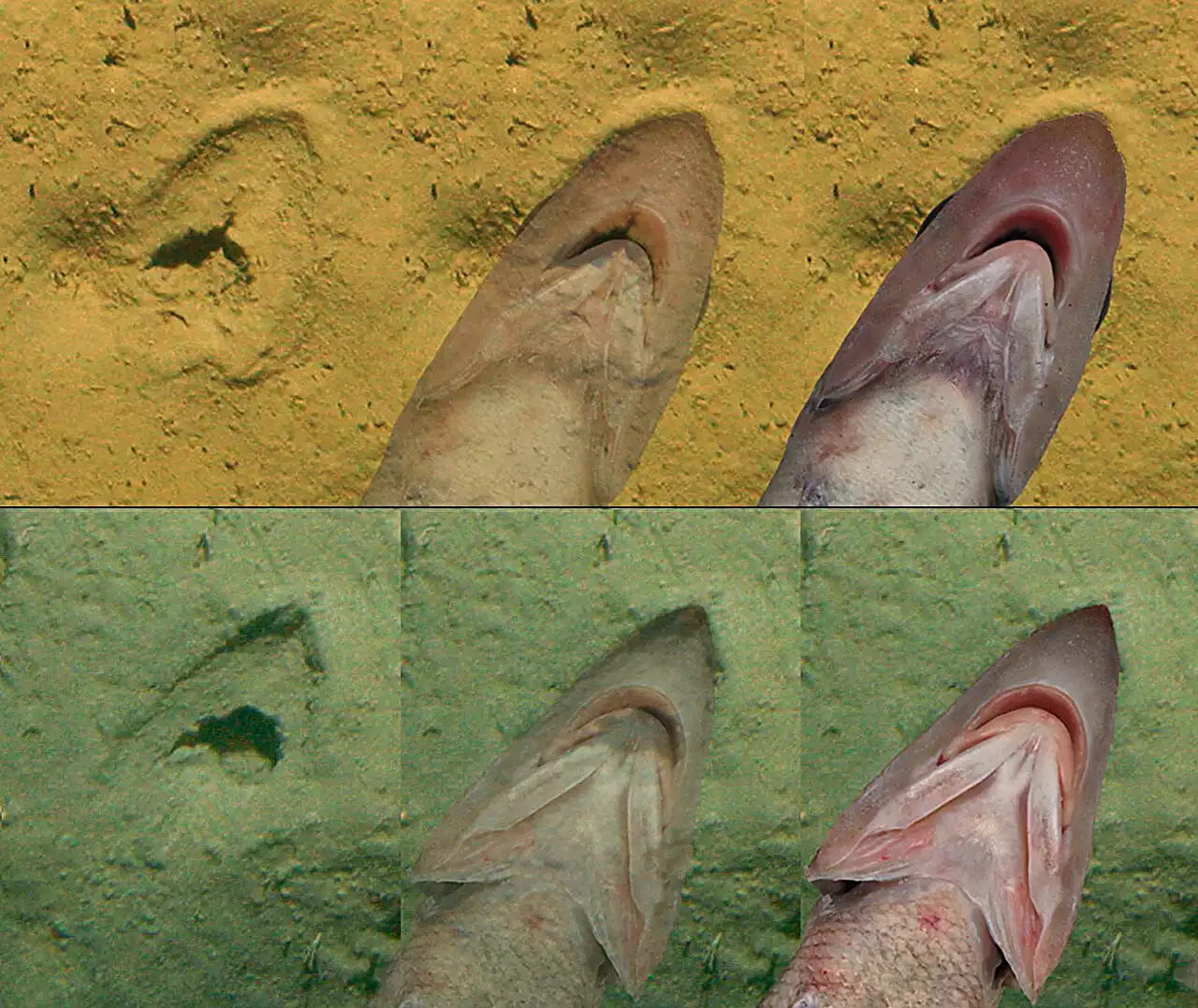A broad genetic study has revised the prevailing narrative about how wine grapes spread around the world
With just a sniff and a sip, trained sommeliers can often tell what region a wine came from: Douro in Portugal, Barossa in Australia, Napa or Sonoma in California. Experts in a specific locale can name the hillside—even how far up the hill—where a wine's grapes were grown because of the terroir, the combination of soil, topography and microclimate that imparts a characteristic taste.
For centuries grape growers in different communities passed down lore about where their grapes came from. Some governments, particularly in Europe, designated appellations—strictly circumscribed regions with rules on how and where a varietal such as burgundy, rioja or barolo was legally allowed to grow and be produced. But genetic studies to discover where vines originated thousands of years ago began in earnest only 10 or 15 years ago.
Until recently, researchers also thought humans domesticated grapevines from wild progenitors as long as 8,000 years ago as an early agricultural revolution spread across what is now western Asia and Europe. Some experts thought vines were first cultivated in Iberia around 3,000 years ago. Other investigators thought domestication first happened in the Caucasus. To make matters murkier , there was disagreement on whether grapes were used first for food or for fermentation.
Early farmers, the revised story goes, migrated from western Asia toward Iberia and brought table vines with them. Along the way the farmers crossbred the table vines with local wild grapevines. The earliest crossbreeding probably happened in what is now Israel and Turkey, creating muscat grapes, which are high in sugar—good for eating and fermenting. Gradually the table grape was genetically transformed into different wine grapes in the Balkans, Italy, France and Spain.
日本 最新ニュース, 日本 見出し
Similar News:他のニュース ソースから収集した、これに似たニュース記事を読むこともできます。
 Dallas wine shop and bistro is one of Top 50 American restaurants, says ‘Wine Enthusiast’Trova Wine and Market offers hard-to-find wines and an impressive charcuterie menu.
Dallas wine shop and bistro is one of Top 50 American restaurants, says ‘Wine Enthusiast’Trova Wine and Market offers hard-to-find wines and an impressive charcuterie menu.
続きを読む »
 Study discovers origins of cryptic markings in Aotearoa New Zealand's deep seaNIWA scientists have discovered the origins of cryptic markings found in Aotearoa New Zealand's deep sea.
Study discovers origins of cryptic markings in Aotearoa New Zealand's deep seaNIWA scientists have discovered the origins of cryptic markings found in Aotearoa New Zealand's deep sea.
続きを読む »
 'I Don't Have An Aesthetic': Wes Anderson Explains The Origins of His Visual Style'It’s an invention, you know?'
'I Don't Have An Aesthetic': Wes Anderson Explains The Origins of His Visual Style'It’s an invention, you know?'
続きを読む »
 ‘RRR’ Filmmaker S.S. Rajamouli Producing Feature About Origins Of Indian CinemaEXCLUSIVE: S.S. Rajamouli is currently assembling a production team for a new movie about the birth and rise of Indian Cinema. Rajamouli, whose RRR racked up an Oscar win and over $166M WW, is not …
‘RRR’ Filmmaker S.S. Rajamouli Producing Feature About Origins Of Indian CinemaEXCLUSIVE: S.S. Rajamouli is currently assembling a production team for a new movie about the birth and rise of Indian Cinema. Rajamouli, whose RRR racked up an Oscar win and over $166M WW, is not …
続きを読む »
 Tiny sea creatures reveal the ancient origins of neuronsA study in the journal Cell sheds new light on the evolution of neurons, focusing on the placozoans, a millimeter-sized marine animal. Researchers at the Center for Genomic Regulation in Barcelona find evidence that specialized secretory cells found in these unique and ancient creatures may have given rise to neurons in more complex animals.
Tiny sea creatures reveal the ancient origins of neuronsA study in the journal Cell sheds new light on the evolution of neurons, focusing on the placozoans, a millimeter-sized marine animal. Researchers at the Center for Genomic Regulation in Barcelona find evidence that specialized secretory cells found in these unique and ancient creatures may have given rise to neurons in more complex animals.
続きを読む »
